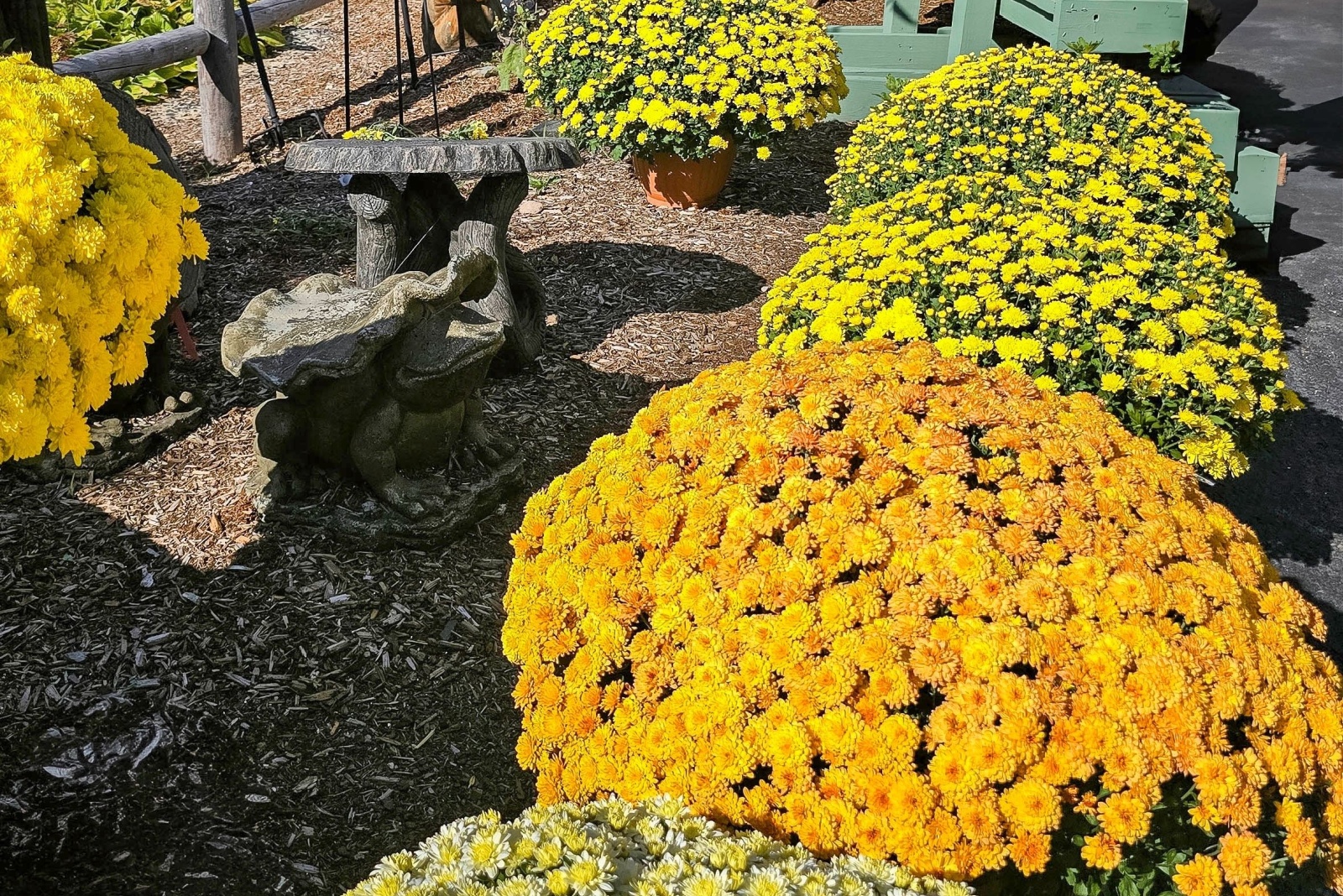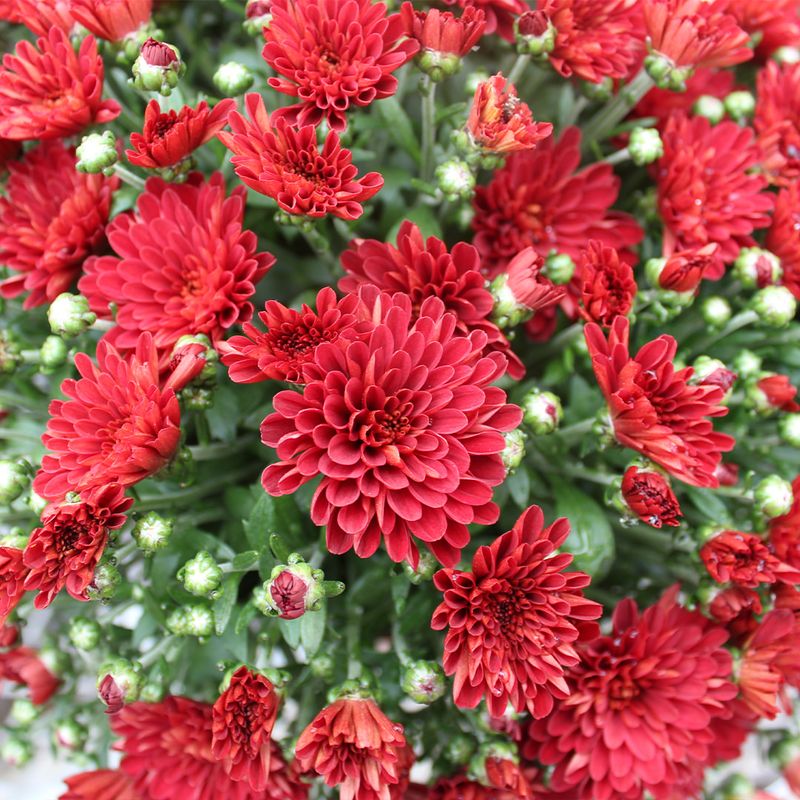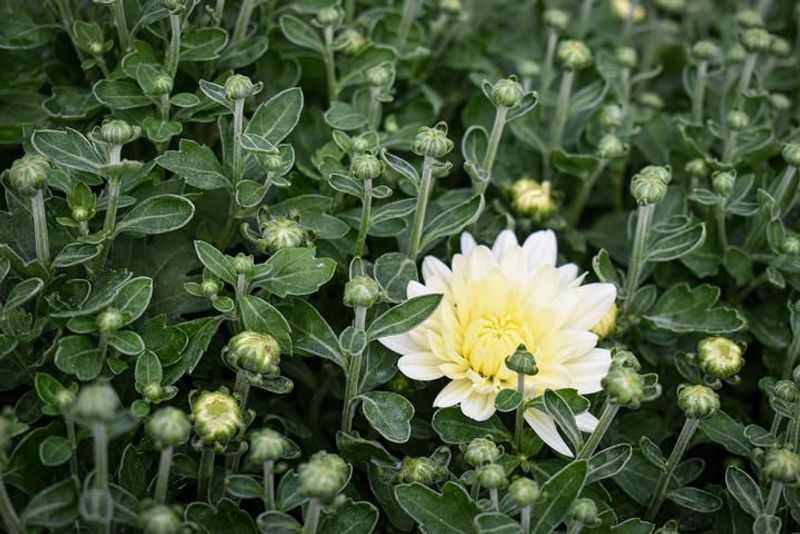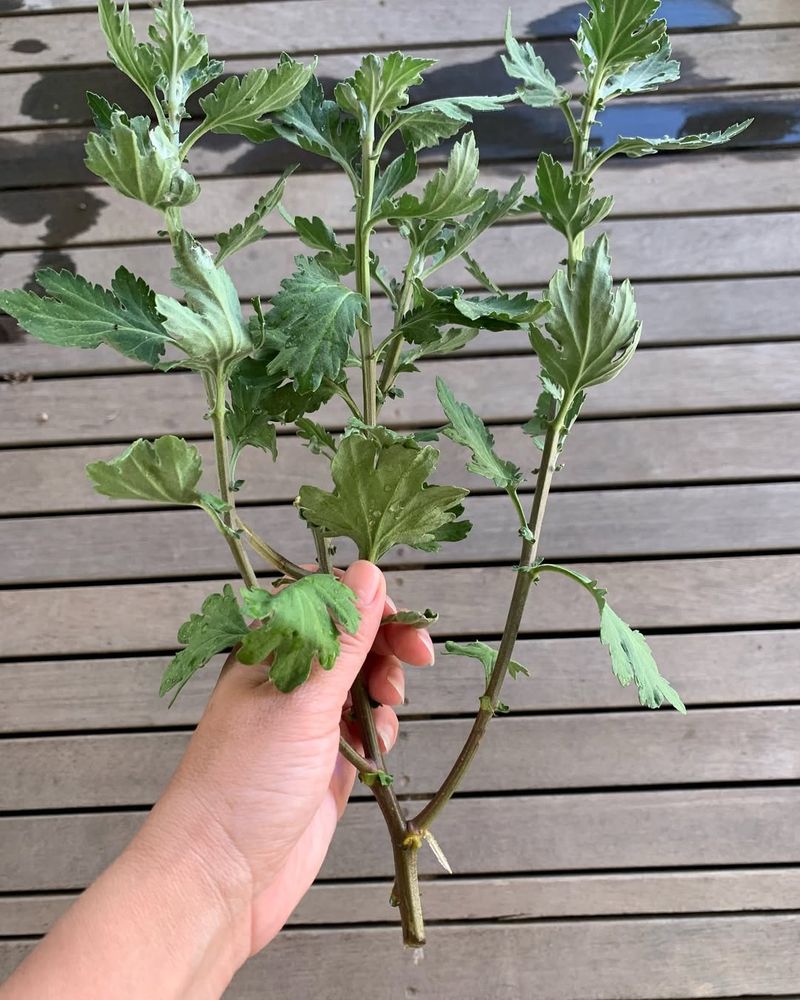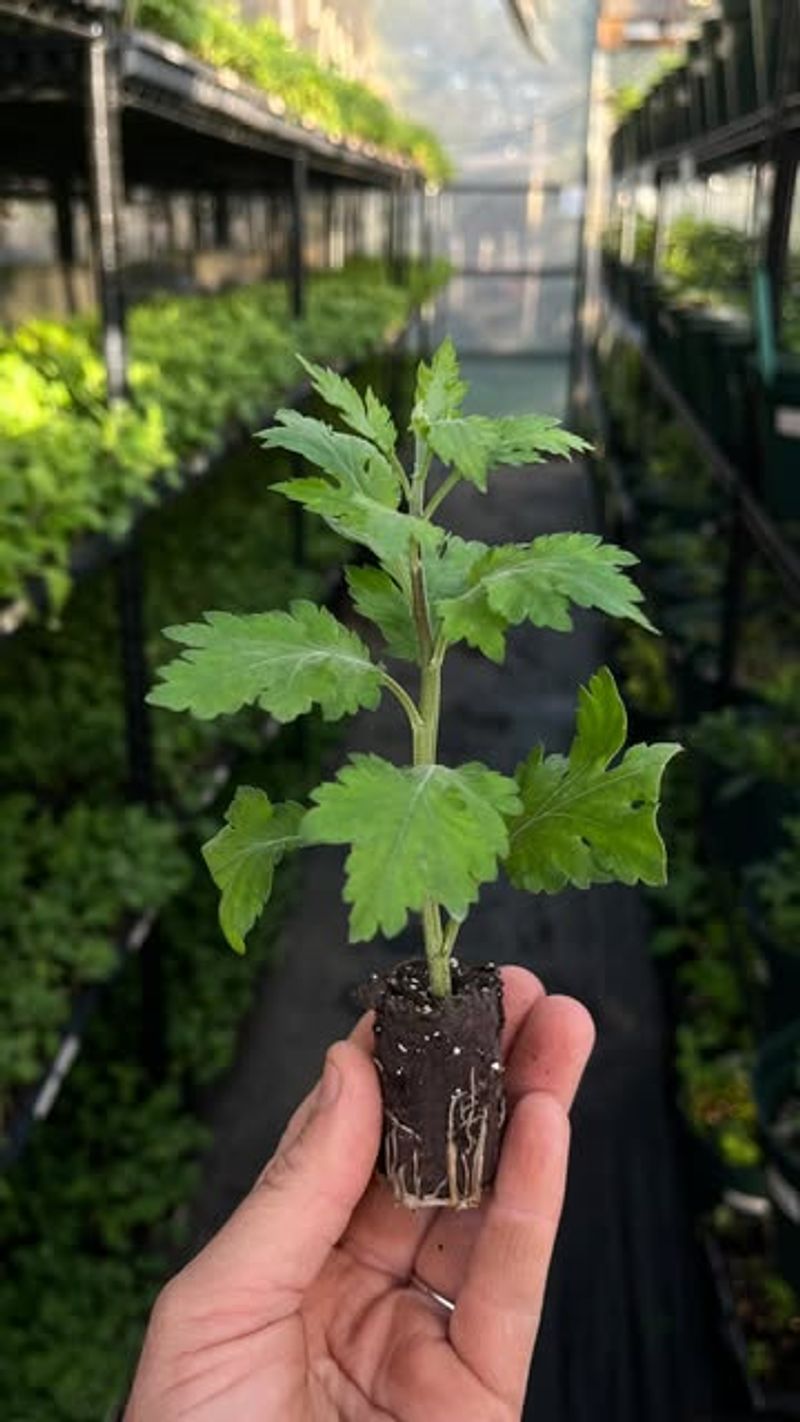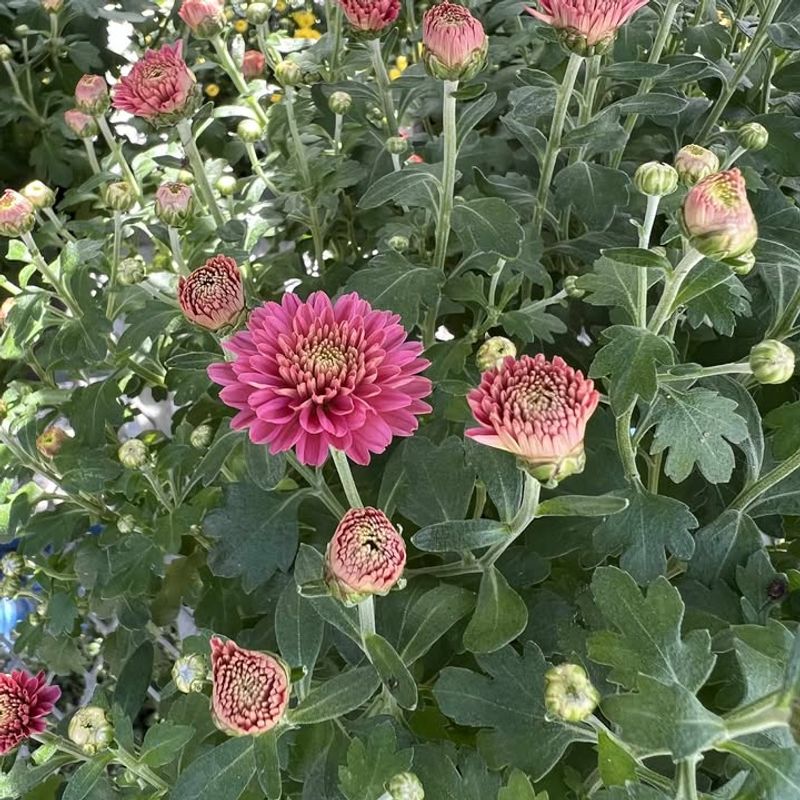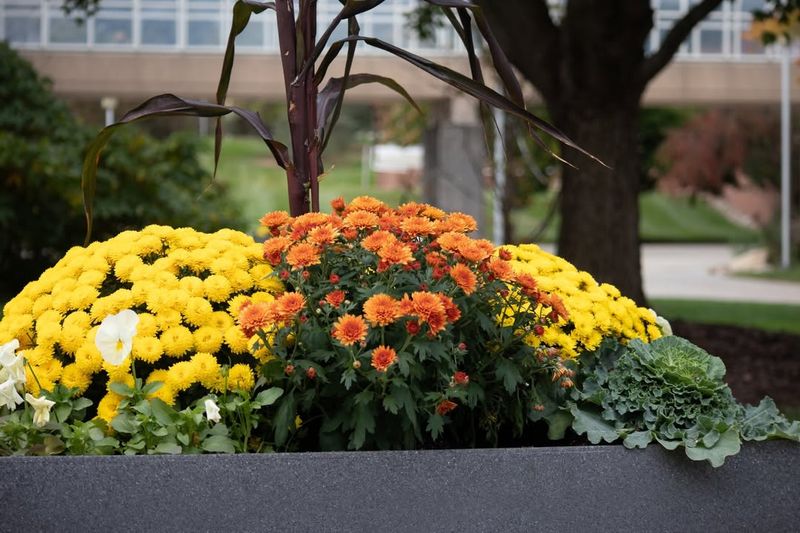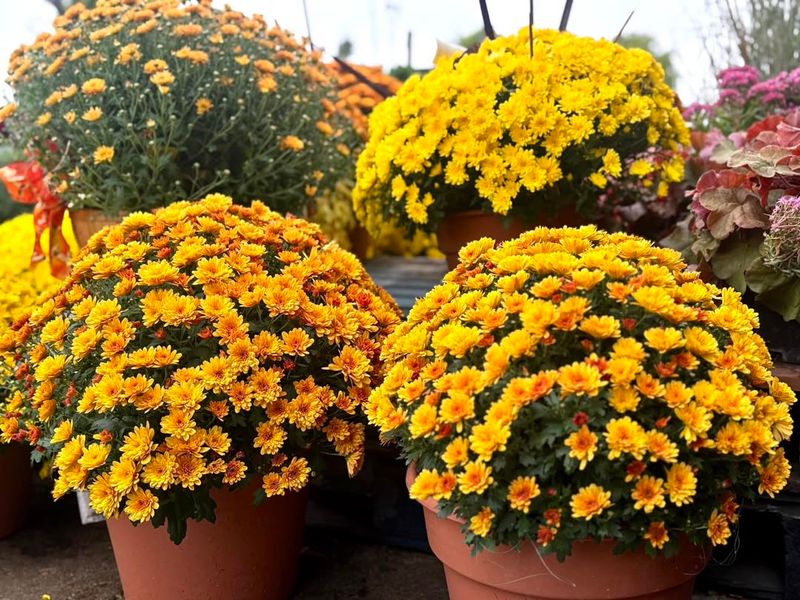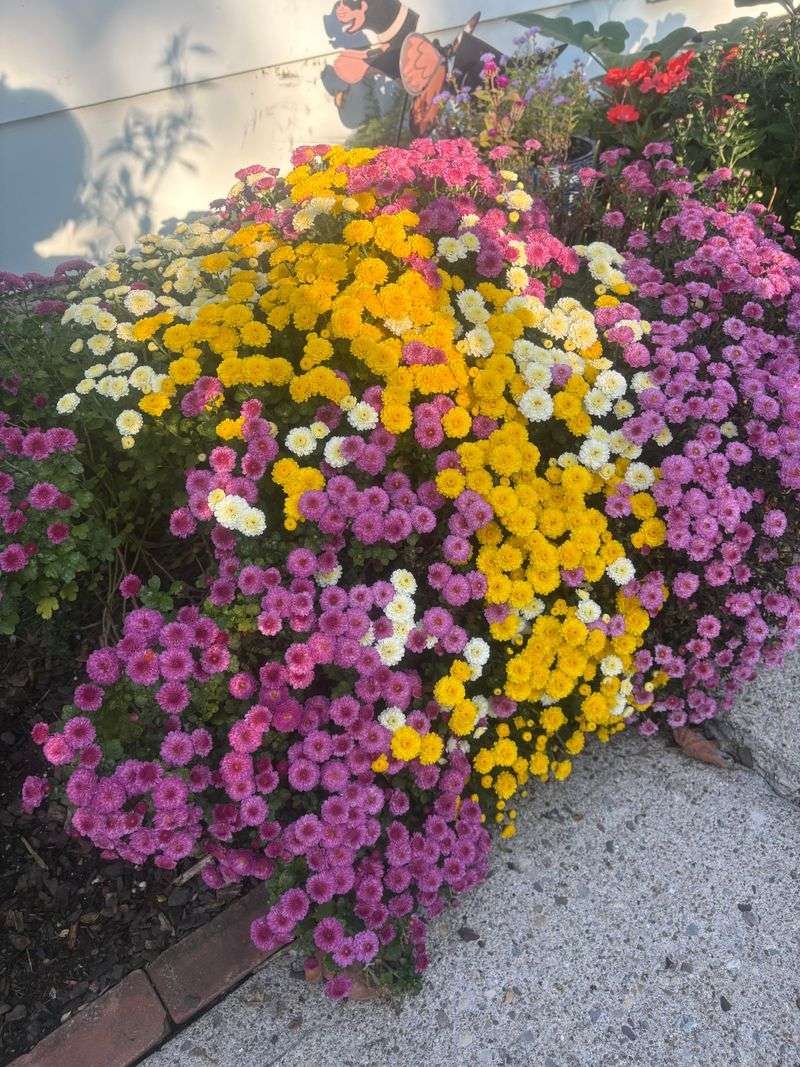Fall mums bring vibrant color to Minnesota gardens just when everything else starts fading away. But picking the right ones isn’t as simple as grabbing the prettiest pot at the store.
Many gardeners make common mistakes that lead to disappointment, wilted plants, or wasted money.
1. Choosing Looks Over Hardy Varieties
A gorgeous bloom won’t matter much if your mum can’t survive a Minnesota winter. Many shoppers grab whatever catches their eye without checking if it’s bred for cold climates.
Garden mums and florist mums look similar, but only garden varieties are built to handle our harsh weather. Look for labels that say “hardy” or “perennial” to ensure your plant returns next spring instead of wilting after the first hard freeze.
2. Shopping Too Early In The Season
Excitement gets the best of us when mums first appear in late summer. However, buying too early means your plants might bloom out before fall even arrives.
Mums bloom based on daylight hours, so early purchases often peak in August or early September. Wait until mid-September to shop for the best timing. Your plants will look spectacular through October when you actually want that autumn color in your yard and garden beds.
3. Ignoring Bud-To-Bloom Ratio
Plants covered entirely in open flowers might seem like the best deal, but they’re actually near the end of their show. Smart gardeners know that buds mean future blooms.
Select mums with mostly tight buds and just a few open flowers showing color. This balance gives you weeks of enjoyment as new blooms open daily. A plant that’s already fully flowered will fade within days, leaving you with nothing but green leaves and regret about your purchase.
4. Forgetting To Check Root Health
What’s happening underground matters just as much as the pretty flowers on top. Roots tell the real story about a plant’s future success in your garden.
Gently tip the pot and peek at the bottom drainage holes. Healthy white or tan roots should be visible but not circling densely or poking out everywhere. Brown, mushy, or overly tangled roots signal trouble. A plant with good root structure will transplant better and establish faster in your Minnesota soil.
5. Skipping The Stem And Foliage Inspection
Beautiful blooms can distract you from problems hiding in the stems and leaves below. Diseases and pests often lurk where people don’t look closely enough.
Push aside some flowers and examine the plant’s center and lower leaves. Yellow, brown, or spotted foliage indicates stress or disease. Stems should feel firm, not soft or hollow. Check for tiny bugs, webbing, or sticky residue that signals pest problems you’ll bring home to your other plants.
6. Buying From Questionable Sources
Minnesota grocery stores and gas stations offer convenience, but their plants often sit in poor conditions for days or weeks. These mums may look okay but struggle once planted.
Garden centers and nurseries employ staff who actually water and care for their inventory properly. Their plants typically come from better growers too. Spending a bit more at a reputable source means healthier mums that establish well. Bargain plants frequently disappoint, costing you more when replacements become necessary for your fall display.
7. Overlooking Size And Spacing Needs
That compact little mum at the store will grow larger once you give it proper care and room. Many gardeners cram too many together, creating problems later on.
Read the plant tag to learn its mature spread, usually between 18 to 24 inches for most varieties. Plan your spacing accordingly, even if it looks sparse initially. Crowded mums compete for nutrients, water, and sunlight. They also trap moisture between plants, inviting mold and disease that could ruin your entire fall display.
8. Choosing The Wrong Container Size
Bigger isn’t always better when it comes to potted mums. Oversized containers might seem impressive, but they create challenges for Minnesota’s climate and your budget.
Large pots cost more and become incredibly heavy when filled with wet soil, making them hard to move or protect. Smaller to medium containers offer better value and flexibility. You can easily reposition them as temperatures drop or bring them to sheltered spots during unexpected early freezes that sometimes hit our state.
9. Not Planning For Planting Depth
Gardeners often buy mums without considering how they’ll plant them in the ground. Depth matters tremendously for winter survival in Minnesota’s Zone 3 and 4 regions.
Mums need their crowns planted slightly deeper than usual to protect them from freeze-thaw cycles. Buy plants in pots that aren’t too tall or awkward shaped, making proper burial difficult. Check that you can plant the entire root ball with an extra inch of soil covering the crown for insulation during our brutal winter months.

